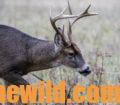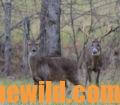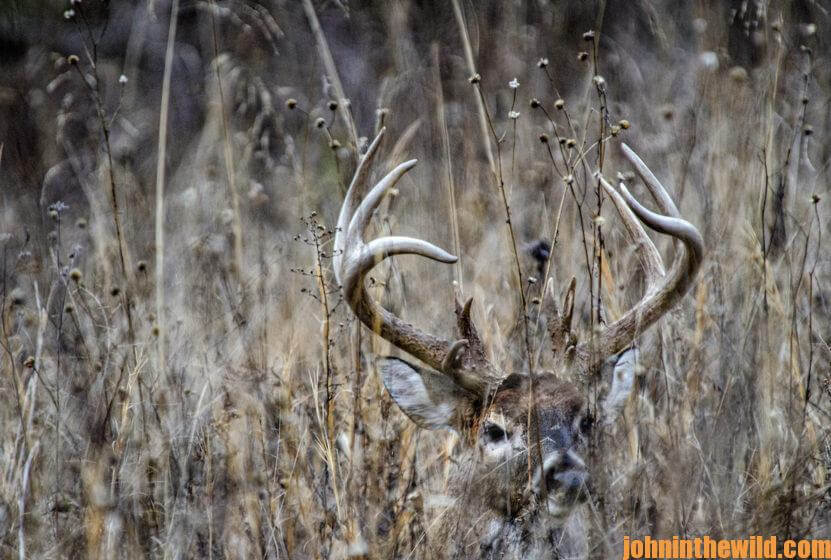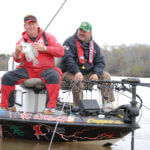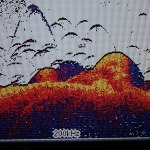Editor’s Note: Reading a deer’s body language will tell you when to draw, where to aim and what to anticipate will happen when you release the arrow. The deer’s body language also will tell you what type of shot to expect. More deer are bagged with bows and arrows by those who take the time to assess the deer’s mood and read the deer’s body language than by those who disregard what the animal is expressing, or what behavior the deer is demonstrating as he comes in for the shot. So, learn to read the deer’s body language and to anticipate the deer’s movements. You will shoot more accurately, bag more bucks and go home with more trophies.
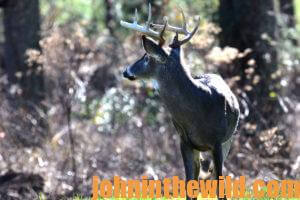 In recent years, psychologists and psychiatrists have determined that certain body positions reflect the
In recent years, psychologists and psychiatrists have determined that certain body positions reflect the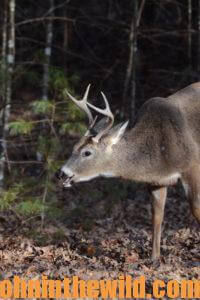 emotional moods of people. If you can read body language, you can determine what others are feeling and possibly change their moods. For instance, if someone sits with his arms across his chest and his legs crossed and leans forward in his chair, more than likely he is nervous, feels threatened and will be very cautious about what he says. However, if he sits with his legs apart, his arms open and leans back in his chair, usually he’s a very-open, relaxed person who doesn’t feel threatened or intimidated. By studying body language, we can learn much about the individual people we deal with daily. The same is true of deer. Deer also telegraph their moods by their body language as people do.
emotional moods of people. If you can read body language, you can determine what others are feeling and possibly change their moods. For instance, if someone sits with his arms across his chest and his legs crossed and leans forward in his chair, more than likely he is nervous, feels threatened and will be very cautious about what he says. However, if he sits with his legs apart, his arms open and leans back in his chair, usually he’s a very-open, relaxed person who doesn’t feel threatened or intimidated. By studying body language, we can learn much about the individual people we deal with daily. The same is true of deer. Deer also telegraph their moods by their body language as people do.
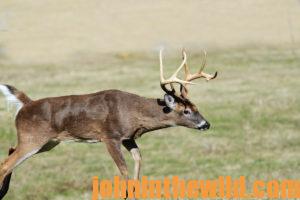
A misconception many deer hunters have is that certain rules always apply, and specific tactics always are effective in bagging bucks. They are searching for a secret strategy to use or a magic piece of knowledge that will ensure their taking a deer on every outing. However, deer are individuals – differing in the ways they move and think. They also have different emotional levels at various times of the day, depending on their individual make-ups. Some deer naturally are nervous and skittish, while often other deer exhibit more calm personalities. Outside forces can change the moods of deer. Deer in high-pressure areas consistently will be more nervous than deer who rarely are hunted. Older-age-class bucks and does are much-more skittish than younger bucks and does. A doe with a fawn will be much more high-strung and easily excited than a barren doe. Knowing what mood the deer is in when he or she walks in front of you can help you learn when to shoot, how to shoot and whether or not you may get a second shot.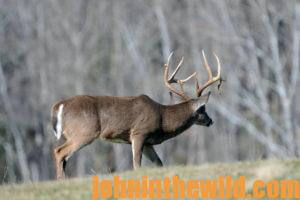
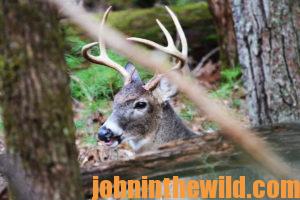
To learn more about hunting deer, check out John E. Phillips’ deer-hunting book, “PhD Whitetails: How to Hunt and Take the Smartest Deer on Any Property,” available in Kindle and print and Audible at http://amzn.to/WIEUoo. You may have to copy and paste this link into your browser. (When you click on this book, notice on the left where Amazon says you can read and hear 10% of the book for free). On the right side of the page and below the offer for a free Audible trial, you can click on Buy the Audible book. To see more of John’s deer books, visit www.amazon.com/author/johnephillips.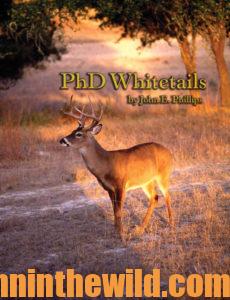
Tomorrow: Learning about Nervous Feeding Deer

